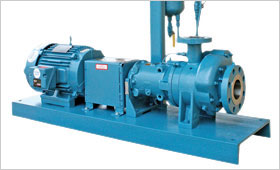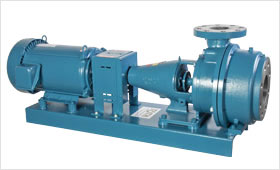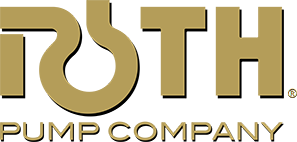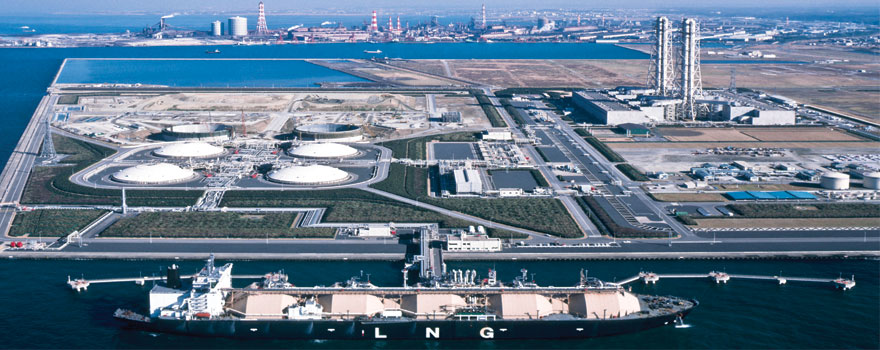Liquefied Gas Overview
Scientists began experimenting with liquefying gases in the 19th century, and by 1900 they were able to liquefy nearly all types of gas. Large-scale production of various liquefied gases began in the 1910s through 1930s. Today, production, transportation, storage, and use of liquefied gas has become a major industry across the world.
Where originally only the wet fractions of pipeline gas were extracted for gasoline, it was soon found that the heavier gas fractions such as propane and butane could be condensed and held in liquid form in pressure vessels. The volume relationship between a gas to a liquid was immediately advantageous in storage and transportation.
Liquefied gases have volumes hundreds of times smaller than the same substances in gaseous form. Thus, liquefaction makes storage and transport of gases much more efficient when you consider liquefied natural gas has a ratio of 600:1, propane 270:1, and butane has a 233:1 solid liquid to gas ratio.
Liquefied gas means a substance is a gas at room temperature and atmospheric pressure, but the pressure or temperature has been modified until the substance changes phase into a liquid. Since the volume of a gas varies directly with temperature and inversely with pressure, gas can be liquefied by cooling or compressing. The necessary amount of cooling or compressing and the preferred procedure depend on the characteristics of each gas.
 A few of the most common liquefied gases are liquefied natural gas (LNG), propane, and butane. All of these are used as fuel for heating and cooking. Liquefied natural gas (LNG) also fuels electricity production in many newer power plants. Additionally, it is a fuel for heavy-duty vehicles such as buses and delivery trucks, and is used in a wide variety of manufacturing. In remote locations, where connecting to the pipeline grid may be uneconomical, local utilities and industrial facilities sometimes opt to use liquefied natural gas to replace propane due to the higher energy potential per volume.
A few of the most common liquefied gases are liquefied natural gas (LNG), propane, and butane. All of these are used as fuel for heating and cooking. Liquefied natural gas (LNG) also fuels electricity production in many newer power plants. Additionally, it is a fuel for heavy-duty vehicles such as buses and delivery trucks, and is used in a wide variety of manufacturing. In remote locations, where connecting to the pipeline grid may be uneconomical, local utilities and industrial facilities sometimes opt to use liquefied natural gas to replace propane due to the higher energy potential per volume.
Propane and butane are commonly used as refrigerants. Both are also alternatives to gasoline; propane is an alternative fuel on its own, while butane is used in fuel blends. Propane, which also powers gas fireplaces and grills, is used in plastic manufacturing, and has several agricultural applications. Butane is an ingredient in manufacturing synthetic rubber and an aerosol propellant.
Natural gas, which is typically 90% methane, is liquefied by cooling to its boiling point to -259ºF (-161˚C). Storage tanks keep the gas liquefied by maintaining a constant tank pressure and allowing boil off gas – analogous to steam from boiling water – to escape. This keeps the temperature constant through a process called auto-refrigeration. Refrigerated and insulated tanks keep the gas liquefied during transport. For ocean transport, there are ships designed specifically for liquefied natural gas.
Propane and butane are compressed for liquefaction, and stored in pressure tanks. Large-scale operations store liquefied petroleum gases under pressure in above or below-ground steel tanks, or in underground tunnels and caverns. These gases can be shipped in large tankers, or in smaller pressurized cylinders.
While these liquefied gases are not considered toxic by the CDC, they can still be dangerous if inhaled. They can also be highly flammable or explosive in the wrong conditions, so safety precautions should always be taken. OSHA provides guidelines for safe storage and handling of these liquids. Several federal agencies regulate liquefied natural gas production, storage, and transport to ensure safety.
Roth Pump low NPSH liquefied gas pumps were originally designed and improved with the industrial development of liquefying gases. Roth Pump has a long history of successfully pumping liquefied gas and has developed the safest most reliable pumps available. Our Low NPSH pumps are commonly used for applications pumping liquefied gases such as amines, ammonia (NH3), butane (C4H10), butadiene (C4H6), ethane (C2H6), ethylene oxide (C2H40), liquefied natural gas (LNG), propane (C3H8), and vinyl chloride (C2H3CI).
Roth liquefied gas pumps are designed to handle liquids up to the following characteristics:
- High Head from 50 to 2400 ft. (15 to 730 m) TDH
- Low Flow from 5 to 150 GPM (1 to 34 m3 /hr) capacity
- A NPSHr of only 1ft (0.3m) FULL CURVE capabilities
- Suction pressure from 0 to 250 PSIG (0 to 1723 kPag)
Roth low NPSH liquefied gas pumps have a multitude of proven pumping uses in many refineries, gasoline plants, loading facilities, and other liquefied gas applications. Our lowNPSH liquid gas pumps assure against cavitation, vapor binding, and offer the substantial value of dependability, efficiency, and safety in our pumping solution.




